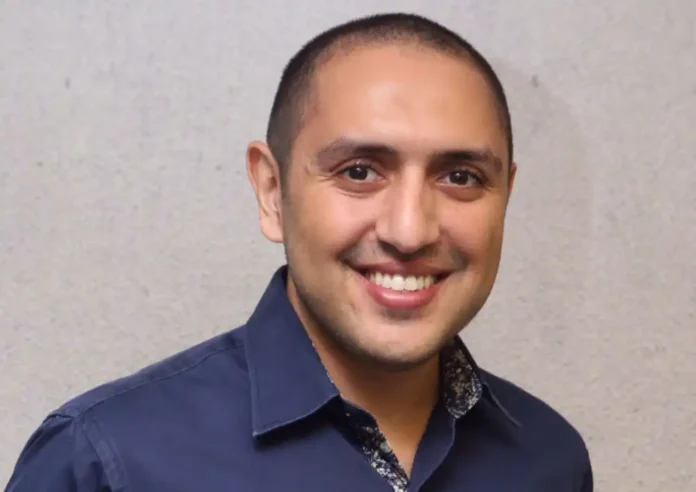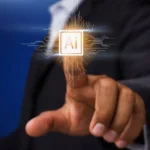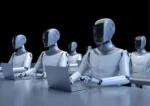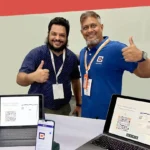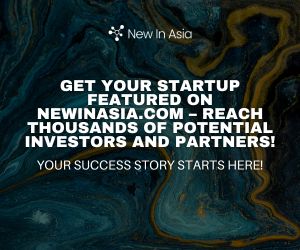In a fast-evolving digital economy, the Human Resources function is undergoing a radical reinvention. Few understand this transformation better than Monir Azzouzi—CHRO, award-winning HR leader, board director, and author of “ChatGPT-Powered HR.” With over 15 years of experience leading HR transformations at Gojek, Maxis, GoToko, and now through advisory work across Asia, Europe, and the…
RELATED ARTICLES
© NewInAsia.com 2025



